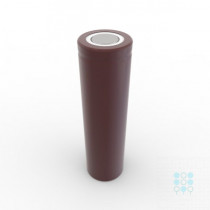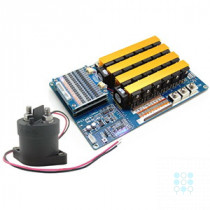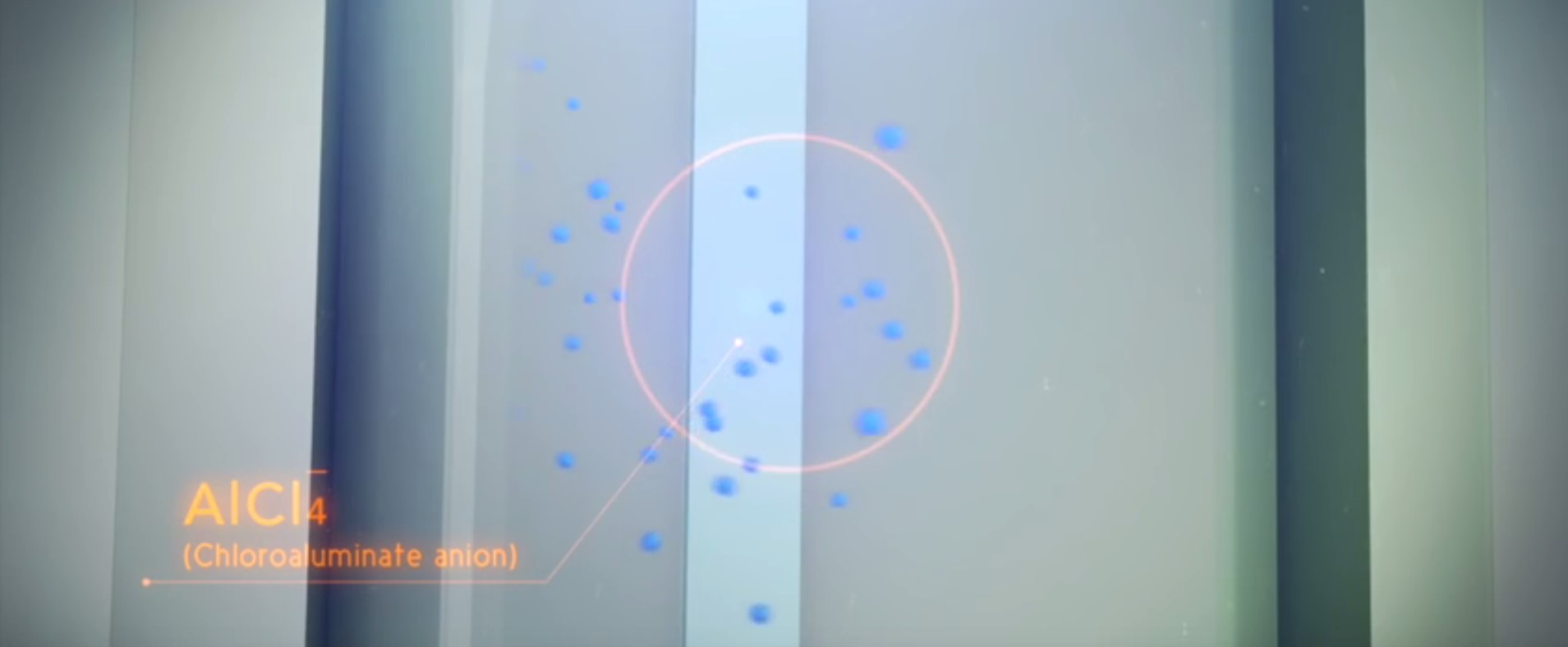Contents
Aluminum ion battery performance claims
The aluminum ion battery is starting to raise some eyebrows. There are several key advantages to such a chemistry. It was developed in coordination with Stanford University, and has won a silver medal at the 2017 Edison Awards. So what is all the hype about?
Notwithstanding economies of scale, a battery based on aluminum will be less expensive than one based on lithium. While lithium makes up 0.0017% of the Earth’s crust, Aluminum comprises 8.1% of it. The relative scarcity of lithium may fundamentally breed new cell types like the Aluminum ion battery which may be better suited to meet consumer cost demands.
The performance of early stage Aluminum ion batteries is good too. They utilize an ionic aluminum salt electrolyte gel which is not volatile, non-flammable, and ultimately safe. It may reach 100% charge in just two minutes (125 C rate) and can exceed 10,000 cycles with a coulombic efficiency of 98%. The efficiency is due to a safe aluminum reaction which does not cause dendritic crystallization. Since all solvents are inert, safety is inherent.
The gravimetric energy density claimed by the inventors of aluminum ion batteries is orders of magnitudes higher than currently available lithium-ion batteries. The aluminum battery claims a gravimetric density of 40 kWh/kg – and are expected to reach up to 80 kWh/kg prior to commercial launch. The LG 18650 HG2 has an energy density of 0.225 kWh/kg in comparison. Whether the energy density holds true or not on a commercial basis is still up for question. However, if it holds true then it would be enormously important.
There is still the possibility that the reported performance ratings are inflated, or there is erroneous reporting, or science, which is abundant in the genre of battery breakthroughs. Commercial manufacturing or other commercial viability problems may crop up. However, there is quite a bit of published evidence to support the credibility of the inventors’ claims. Only time will tell, until then the aluminum ion battery is certainly one to keep an eye on.
Watch this video of the Aluminum ion battery
Video Transcript
URABat – An ultrafast rechargeable aluminum battery
ITRI and Stanford University worked together to develop URABat, an aluminum battery that can recharge and discharge at an ultra-fast rate.
In 2015, R&D results were published in the journal Nature. ITRI and Stanford University co-own the patents in Taiwan and the United States.
URABat is based on an aluminum and graphite structure. Because of graphite’s lamination properties, aluminum ions can interpolate in and out in an out of graphite at great speed allowing the battery to quickly charge and discharge.
Aluminum ion batteries and URABat have many advantages:
- Fast Charging: Aluminum batteries can be fully charged in just one minute.
- A long cycle life: URABat can withstand up to 10,000 charging and discharging cycles without losing capacity.
- Safety: it uses highly stable materials and does not catch fire when damaged.
- Low-cost: graphite and aluminum are inexpensive materials. So these batteries can be produced at half the price of lithium batteries despite their similar production process.
In the future, aluminum batteries can be used in large-scale storage facilities for renewable energy. They may replace the non-eco friendly lead-acid batteries for cars and can be used to power light electric vehicles and consumer electronics.



